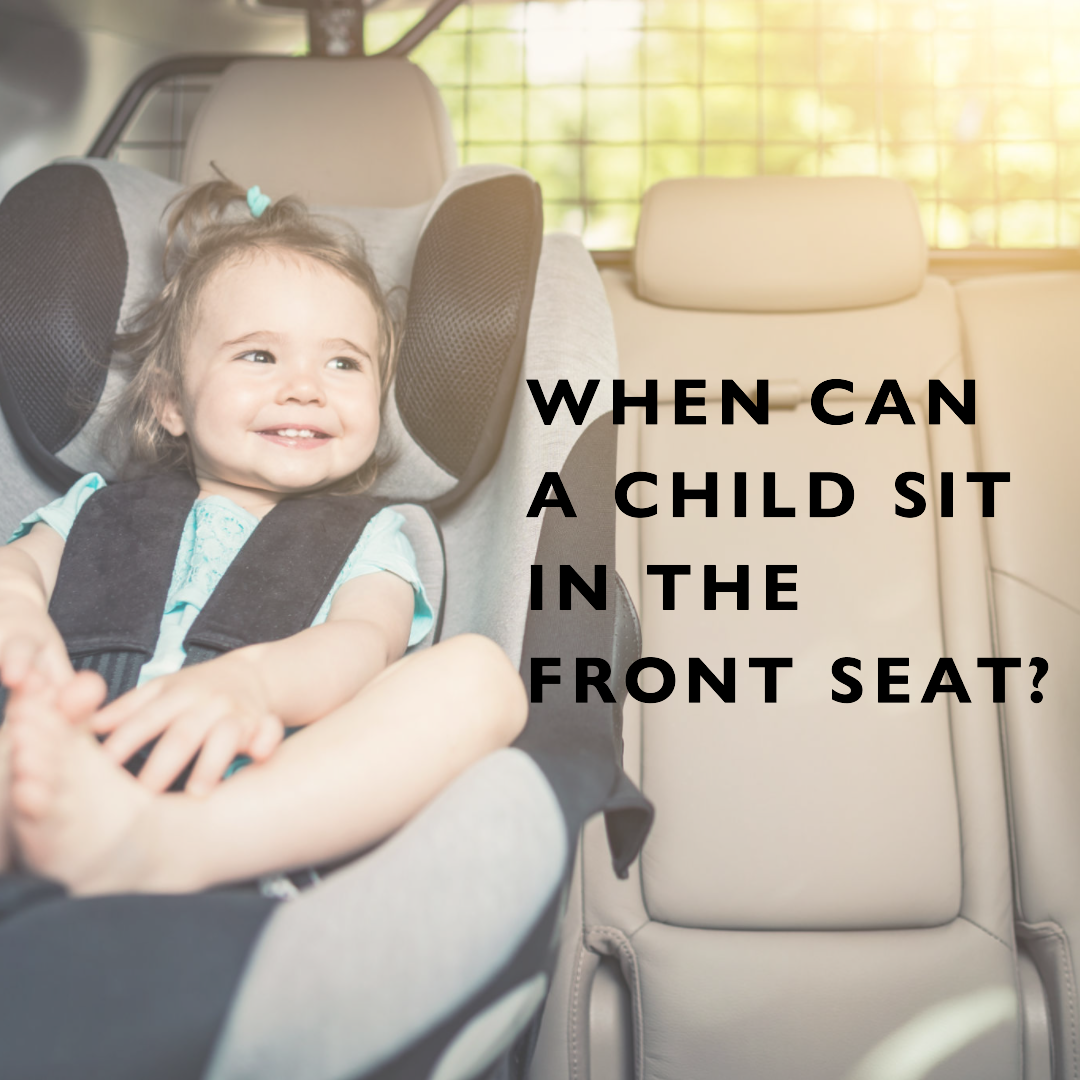Updated: 14.4.25
Determining the appropriate age for a child to sit in the front seat of a car is a common concern among parents. Ensuring children are properly restrained is not just a legal requirement—it's vital for their safety.
 Relying on outdated advice or hearsay can lead to improper use of child car seats and seat belts. In this article, we'll walk you through UK legal guidelines, safety tips, and best practices for front-seat travel with children.
Relying on outdated advice or hearsay can lead to improper use of child car seats and seat belts. In this article, we'll walk you through UK legal guidelines, safety tips, and best practices for front-seat travel with children.
1. Age and Height Guidelines
| Age | Height | Front Seat | Rear Seat |
|---|---|---|---|
| Under 3 years | N/A | Not permitted | Mandatory |
| 3–11 years | Under 135cm | Not recommended | Mandatory |
| 12+ years | 135cm or taller | Permitted | Optional |
2. Importance of Child Car Seats
- Baby Seat: Rear-facing, for newborns and small infants. Offers maximum neck and spine protection.
- Child Seat: Forward-facing, suitable for toddlers who’ve outgrown baby seats.
- Booster Seat: Used when the seat belt doesn’t yet fit safely across the child's body.
3. Seat Belt Laws and Safety
Seat belt laws require all passengers to be appropriately restrained. Children under 12 or shorter than 135cm must use an approved car seat. The UK government provides full regulations.
4. Front vs Rear Seat: What’s Safer?
- Rear seat: Always safest for children, especially with airbags in the front.
- Front seat: Only for children over 12 or 135cm tall. Deactivate airbags when using any car seat here.
5. Key Restraint Types
- Harness: Found in baby and child seats. Offers a 5-point hold system.
- Safety Belt: Standard car seat belt. Use only when it fits correctly over child’s hips and shoulder.
- Restraint System: General term for any approved system (belt, harness, or car seat).
6. Special Circumstances
- Three Child Seats: Check if your rear bench supports three properly installed restraints.
- Goods Vehicles: Children must not travel in cargo areas lacking proper seats and belts.
- Emergency Vehicles: Restrain children as best as possible. Use a child seat if available.
7. FAQ
Can a child sit in a car seat in the front?
Yes, but it’s recommended to seat them in the rear. If front-seated, deactivate the airbag.
Can my 3-year-old sit in the front seat in the UK?
No. Children under 12 or 135cm tall must use a child seat in the rear.
What is the legal minimum age for front seat travel?
In the UK, children can sit in the front at 12 years or once they reach 135cm, whichever comes first.
Should the airbag be turned off?
Yes, if a car seat is used in the front—especially rear-facing ones—disable the airbag to prevent injury.
In Summary
Always prioritise your child’s safety by following UK law: use proper restraints, choose the back seat when possible, and stay informed on the latest safety guidelines. Protecting your child on the road begins with the right seat in the right spot.





Share:
How Kids Ride on Toys Get Kids Active
How Often Should A Father See His Child: Understanding Child Access and Rights in the UK